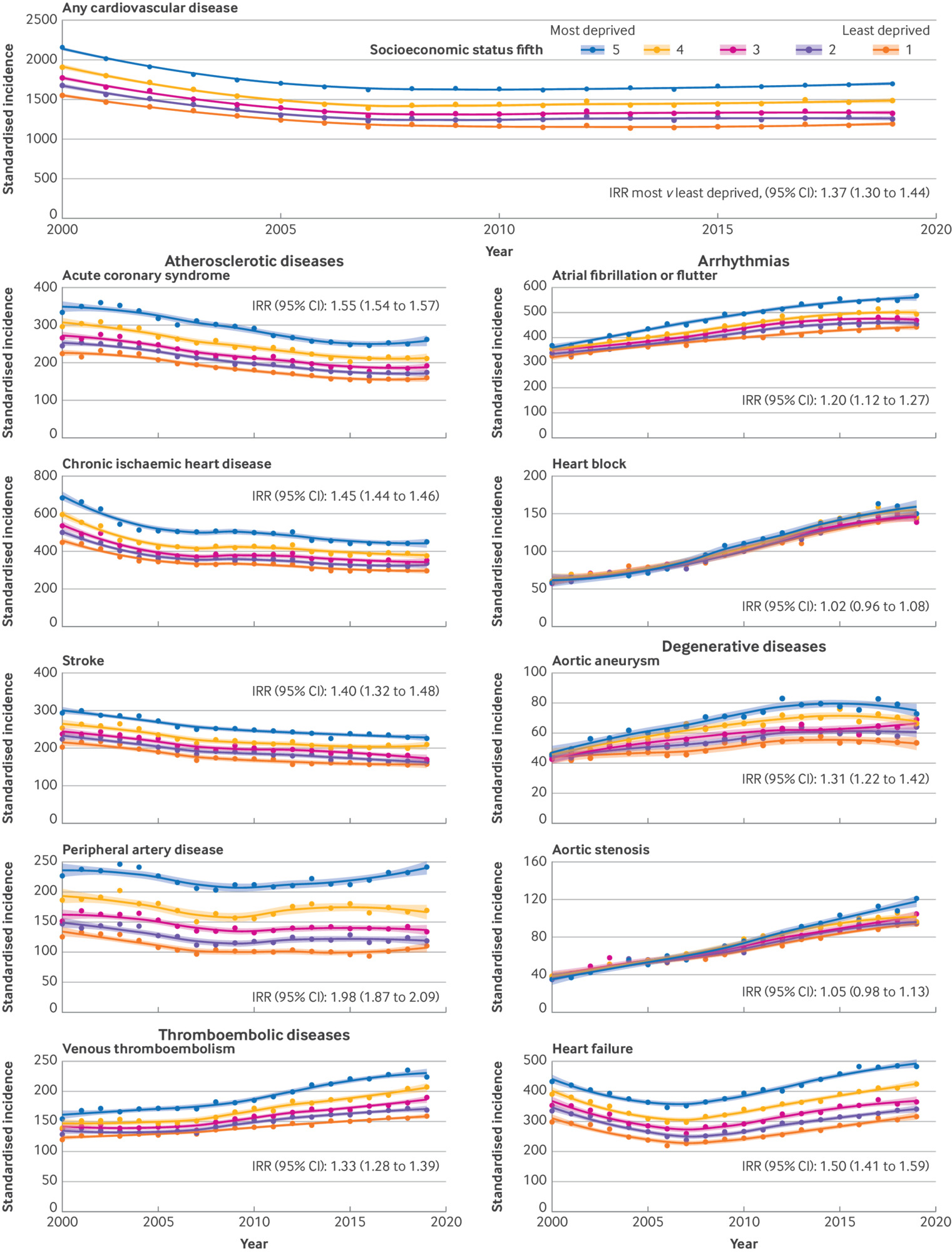
A Concealed Chemical Hazard: DEHP Exposure Associated with More than 350,000 Cardiovascular Fatalities Globally Each Year
A chemical frequently utilized to enhance the flexibility of plastic items may be stealthily fueling a major international health issue. Groundbreaking findings published on April 29 in Lancet eBiomedicine reveal that di-2-ethylhexylphthalate (DEHP), a commonly used industrial substance, is linked to over 356,000 cardiovascular fatalities on an annual basis. These statistics reveal a troubling worldwide trend, characterized by notable variations in exposure levels and health repercussions across regions.
DEHP: Widespread and Harmful
DEHP is categorized as a phthalate, a class of chemicals utilized in manufacturing bendable plastics. It is prevalent in many daily items: ranging from food wrappers, children’s toys, and cosmetics to medical equipment like IV lines and blood storage bags. Though DEHP enhances the flexibility and durability of plastics, new studies indicate that the toll on human health may be substantial.
The recent study, spearheaded by researchers at NYU Langone Health, evaluated data from 200 nations by using urinary biomarkers that signify DEHP exposure. The researchers correlated these biomarkers with rates of cardiovascular mortality, providing an extensive overview of the chemical’s extensive impacts.
Notable Findings from the Research
– 356,355 Cardiovascular Deaths in 2018: DEHP exposure was identified as a factor in approximately 13.5% of global cardiovascular fatalities in adults aged 55–64.
– Regional Variations: The majority of fatalities were noted in Asia, with the Middle East, South Asia, East Asia, and Pacific regions responsible for around 75% of DEHP-related deaths. India reported the highest national casualty figure, amounting to 103,587 cases, trailed by China and Indonesia.
– Economic Impact: The estimated worldwide financial repercussions of DEHP-related fatalities range from $510 billion to a staggering $3.74 trillion annually.
– Biological Mechanism: DEHP and its degradation products incite inflammation within blood vessels, elevating the likelihood of heart attacks, strokes, and similar conditions.
“This study underscores the relationship between phthalates and a principal cause of mortality globally,” stated lead author Sara Hyman from NYU’s Grossman School of Medicine. “Our results contribute to the substantial body of evidence indicating that these chemicals pose a grave threat to human wellbeing.”
A Disparity in Global Health
Senior author Dr. Leonardo Trasande highlighted that this international burden is not equitably shared. “There exists a pronounced inequality in which regions of the globe endure heightened heart risks due to phthalates,” he noted.
Areas currently undergoing rapid industrial development, like South Asia and the Pacific, frequently lack rigorous regulations regarding chemical exposure. Consequently, these nations endure disproportionately excessive levels of DEHP, as the escalating demand for plastics surpasses protective health measures.
International Policy Considerations
The timing of the study is especially relevant as nations around the globe engage in discussions regarding a global plastics treaty. These negotiations aim to curb the production and adverse effects of plastics and their related chemicals.
Researchers are optimistic that their discoveries will act as a clarion call for policymakers. The findings highlight the immediate necessity to:
– Formulate international guidelines for safe exposure levels to phthalates.
– Invest in safer alternatives to DEHP for manufacturing processes.
– Enhance public health surveillance concerning environmental chemical exposure.
– Advocate for public education initiatives regarding household items containing DEHP.
Research Limitations and Prospects
Although the study offers unparalleled global insights, researchers suspect the real impact of DEHP might be even more significant. The current analysis:
– Concentrated primarily on individuals aged 55–64.
– Evaluated only DEHP, excluding other prevalent phthalates that might also lead to health issues.
– Might have overlooked underreported or undocumented fatalities linked to cardiovascular conditions.
Future investigations will explore various age demographics and additional health outcomes, assessing how decreased exposure to DEHP could influence long-term mortality and morbidity statistics.
How Can Individuals Respond?
While broad solutions necessitate policy reforms, individuals can take steps to minimize their DEHP exposure by:
– Avoiding microwaving plastic containers, which can release harmful chemicals.
– Selecting products labeled as phthalate-free, particularly in cosmetics and toys.
– Utilizing glass, stainless steel, or BPA-free food storage options.
– Monitoring recycling codes—plastics marked #3 may contain phthalates.
Concluding Remarks
This study reinforces the increasing awareness that environmental toxins, including those found in plastic manufacturing, are fundamentally linked to global health outcomes. As the world confronts the environmental repercussions of plastic, it is becoming evident that the fallout extends far beyond pollution, reaching into the lives and deaths of individuals.
As the authors stress, prompt regulatory action on a global scale is critical to alleviating the lethal consequences of DEHP and other chemicals associated with plastics. For both planetary and personal health, tackling chemical exposure must ascend to the forefront of public health priorities.
Access the complete research article in Lancet eBiomedicine.
Support Independent Science Journalism
If articles